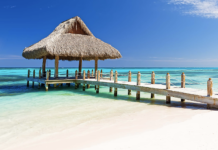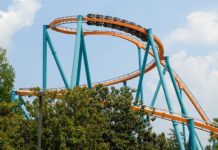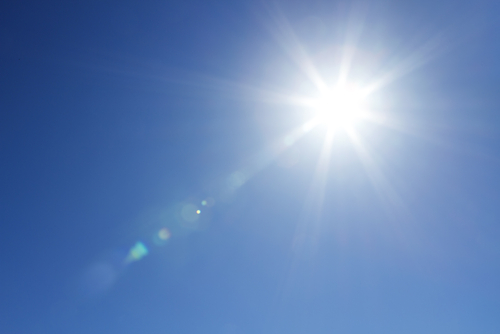A British Overseas Territory situated in the western Caribbean Sea, the Caymans are a trio of sister islands admired for their unparalleled natural beauty, idyllic beaches and rich sense of culture and community. The Caymans are especially good for diving and March is an ideal month to go as temperatures reach a warming 26˚C. Ozel Rowland dives in…
Sea turtle, Little Cayman © SF Brit
Grand Cayman
With more than 175 diving sites alone, Grand Cayman is the largest of the three islands and is a haven for diving enthusiasts. Its crystalline blue waters offer stunning panoramic views of deep sea life where you’ll encounter pristine reefs and a nirvana of ocean walls ornamented with colourful corals and sponges, making for some real breath-taking experiences.
While the island is renowned for its luxurious resorts and cosmopolitan atmosphere, it is also home to the vast coral sands of the Seven Mile Beach. Now only 5.5 miles long, its shores span north from the Cayman capital of George Town and once served as the ending point of Kittiwake, a US submarine recue ship that was sunk off the northern end of the beach in 2011. Now the ruined vessel lies 20m below the surface, embellished with the sparkle of underwater foliage while its five levels are now inhibited by cautious marine life. Glide through the ships former hospital stations, propulsion rooms and ammunition locker before taking a stroll across the bridge for a snap at your own Titanic moment.
But if it’s pure aquatic beauty you’re after then the North Wall is home to some exquisite diving sites and is regarded at the Cayman’s most prestigious diving area. Book a full day’s diving expedition and plunge into the abyss-like Black Forest and mingle with the turtles and the eagle rays or head to Babylon where the vibrant reefs are lush with colourful sea fans, coral and barrel sponges. Ghost Mountain is another remarkable site, located just off Grand Cayman’s north point and has a maximum drop of around 98 feet.
While visiting the North Wall, diving novices can take advantage of the sandy flats or make their way over to the North Sound and take a tour of the famous Stingray City. Here the waters are shallow enough to walk in the waters and interact with the local southern stingrays which have grown accustomed to human contact. Feed them, touch them and ‘hug’ them and, if you’re a diver, take a dip further out in to the 12 feet drop and get up close and personal with some truly gigantic rays.
Cayman Brac
Cayman Brac, the second largest of the islands, is the most easterly of the Caymans. Its entire ambiance retains a nature that’s been left untainted by the buzz of the tourist industry with picturesque unspoilt rural lands. If you choose to holiday here, you’ll have around 40 diving sites to choose from which are dotted around the cobalt waters surrounding the ‘Brac’.
Perhaps the most spectacular scene is the wreck site of the MV Captain Keith Tibbets, a 330 foot long Soviet built former war ship that was brought over from Cuba in 1996 and sunk off the north shore of Cayman Brac. Visitors to the ship may notice that it is no longer in one piece, having been broken into two after Hurricane Ivan in 2004 meaning that some of it has been cordoned off due to safety. But if anything this just means that the site makes for an ever greater photo opportunity, especially with the overhanging turret guns which remain intact.
Another unmissable site is the mythical Lost City of Atlantis, the largest man-made underwater city in the world containing an array of multi-piece sculptures assembled by a local artist simply known as Foots. Taking his inspiration from Plato’s legendary tale, the site is located just off Radar Reef and starts at about 45 feet in where you’ll arrive at the Archway of Atlantis and the Elder’s Way, a pathways which is surrounded by towering columns that will eventually lead you into the Inner Circle of Light, an enormous sundial weighing around 10,000lbs. All manner of marine life have now occupied the city make this an even more magical experience.
Little Cayman
Named rather aptly for its size, Little Cayman is the baby of the three islands but offers some rather extraordinary diving sites, including the famous Bloody Bay Marine Park. This incredible vertical drop-off falls to the hollow depths of 1,000 feet and boasts an astonishing underwater panorama. The wall is adorned with large sea fans, corals, and colourful sponges, most notably yellow tube sponges that are almost neon in hue. As you descend, visibility remains strikingly clear, allowing you to experience the forest-like environment of Bloody Bay and meet its thriving inhabitants: stripy nassau groupers, clown fish turtles and trigger fish will all be there to play.







